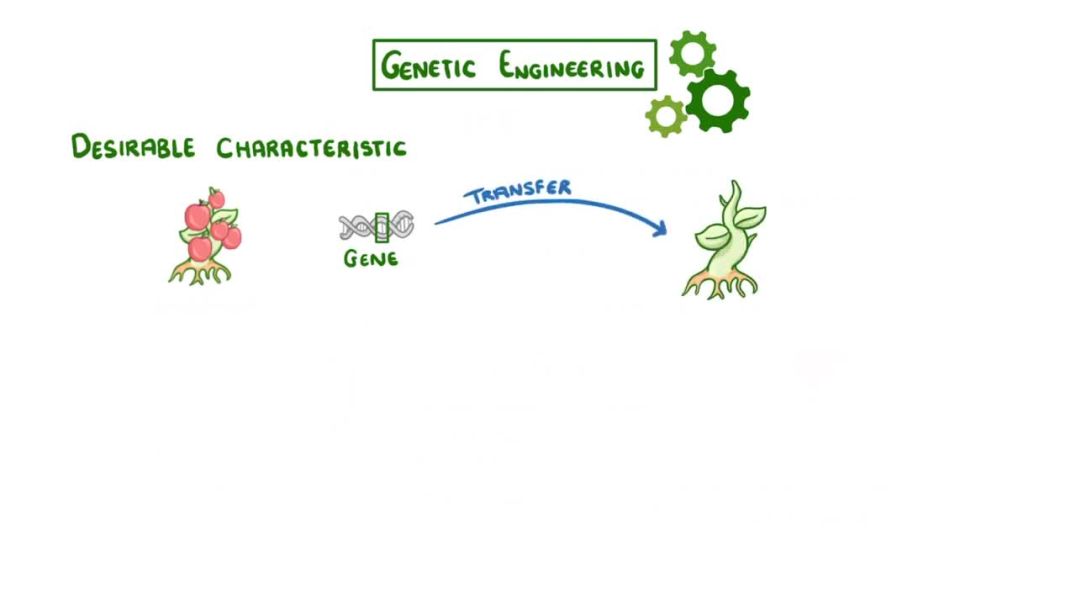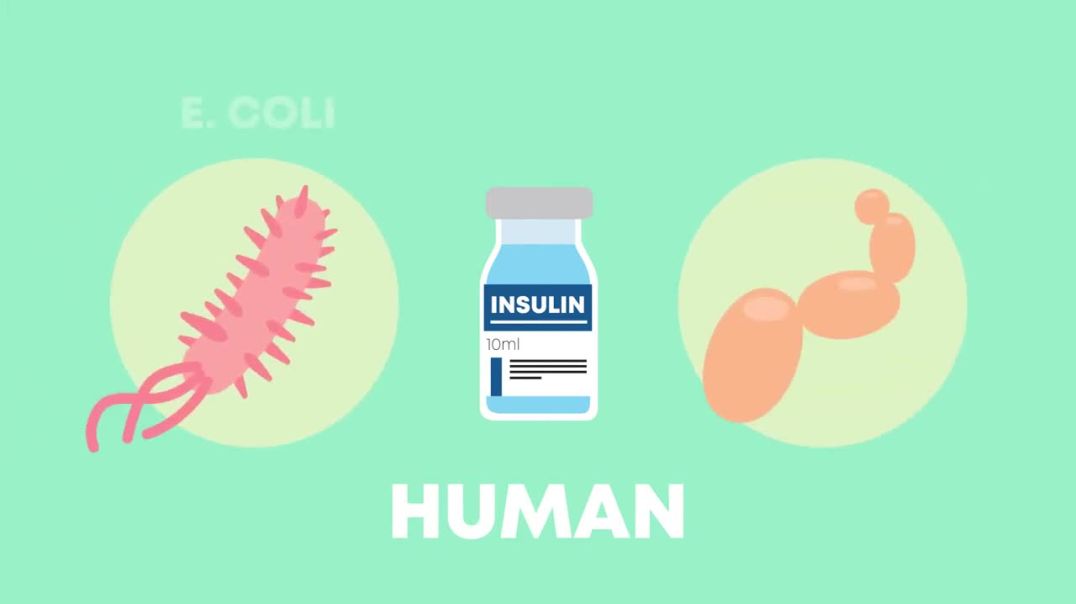The 5 Kingdoms in Cl****ification | Biology for All | FuseSchool
The cl****ification system organises species into domain, kingdom, phylum, cl****, order, family, genus and finally species.
<br>
<br>‘Kingdom is the second highest rank below the rank of domain in this sequence of cl****ification. It helps us to group, or cl****ify, species into different families so we can see how closely or not they are related.
<br>
<br>Cl****ification attempts to impose a hierarchy on the complex and dynamic variety of life on Earth by describing how different species group together, and how related they are to one another or not.
<br>
<br>There are 5 kingdoms: animals, plants, fungi, prokaryotes and protoctists. Each kingdom has chareristic features so that an organism can easily be ****igned to one of the kingdoms.
<br>
<br>Animals are eukaryotic, multicellular and have no cell walls. They develop from a blastocyst (which is part of embryo development). They have both nervous and hormonal control systems. They are heterotrophic which means they eat stuff and have a digestive system. They are motile which means they move. Cell division, which enables growth, happens in tissues.
<br>
<br>Plants are eukaryotic, and multicellular like animals. However, unlike animals they have cell walls, with cellulose in. They are autotrophic, which means they use photosynthesis to make their own energy from sunlight. Their growth is restricted to meristems - which is layers of dividing cells. They are non-motile, have a leaf gas exchange system and are waterproofed.
<br>
<br>The Fungi kingdom are eukaryotes and can be multicellular like animals and plants but can also be unicellular such as yeast. They have cell walls like plants but have a substance called chitin rather than cellulose. They are heterotrophic and saprotrophic meaning they decompose - so they break things down, or are parasitic. The body of a fungus is composed of thin filaments called hyphae. And they secrete enzymes, do external digestion and then absorb the resulting nutrients.
<br>
<br>The Protoctista kingdom are eukaryotes like animals and plants. They can be unicellular and multicellular, like the fungi. They have cell walls, sometimes with polysaccharides. They are autotrophic and heterotrophic.
<br>
<br>The prokaryotes are unicellular, they lack the organelles that are seen in eukaryotes. They are typically really small: about 10μm in size. Much too small to see with the human eye. They have cell walls and they are autotrophic, using photosynthesis and chemosynthesis (without light) and they are heterotrophic. They divide by binary fission, not by mitosis.
<br>
<br>So from this video you should know that Kingdoms break down into 5 groups (Prokaryotae, Protoctista, Fungi, Plantae Animalia), based upon different chareristics including whether they have cell walls, are eukaryotic or prokaryotic, and how they get nutrition.
<br>
<br>SUBSCRIBE to the FuseSchool YouTube channel for many more educational videos. Our teachers and animators come together to make fun & easy-to-understand videos in Chemistry, Biology, Physics, Maths & ICT.
<br>
<br>VISIT us at , where all of our videos are carefully organised into topics and specific orders, and to see what else we have on offer. Comment, like and share with other learners. You can both ask and answer questions, and teachers will get back to you.
<br>
<br>These videos can be used in a flipped cl****room model or as a revision aid.
<br>
<br>Find all of our Chemistry videos here:
<br>
<br>
<br>Find all of our Biology videos here:
<br>
<br>
<br>Find all of our Maths videos here:
<br>
<br>
<br>Twitter:
<br>
<br>Access a deeper Learning Experience in the FuseSchool platform and app:
<br>Follow us:
<br>Friend us:
<br>
<br>This Open Educational Resource is free of charge, under a Creative Commons License: Attribution-NonCommercial CC BY-NC ( View License Deed: ). You are allowed to download the video for nonprofit, educational use. If you would like to modify the video, please cont us: info@fuseschool.org











